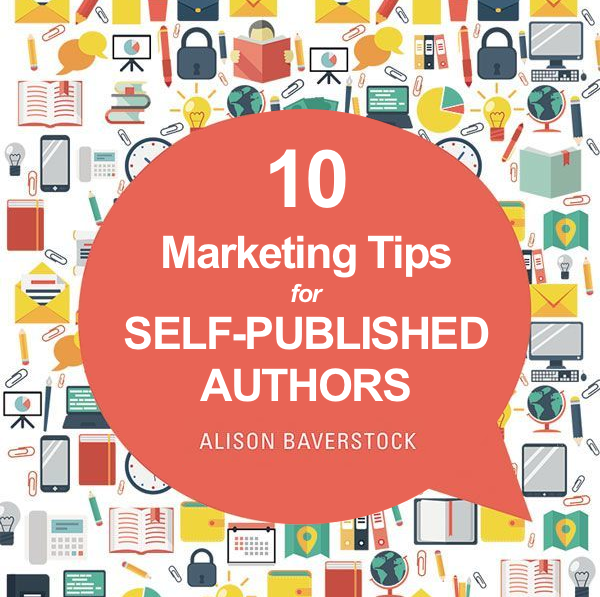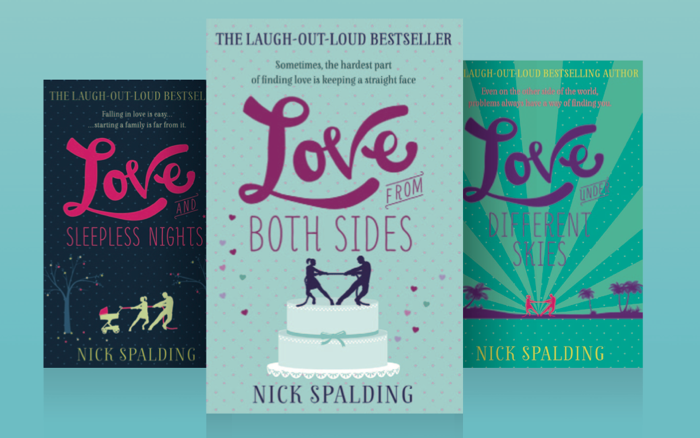Top 3 self-publishing mistakes – and how to avoid them

Self-published authors have a huge range of options these days. But with freedom comes responsibility, says Leila Dewji.
This article first appeared in our self-publishing themed issue of Publishing Talk Magazine.
[rt_reading_time label="Reading Time:" postfix="minutes" postfix_singular="minute"]
There are more choices than ever for self-publishing authors – from which retailers to sell through to which type of paper to print on. But with so many options now available, the burden of getting it right is massive. In a traditional publishing company each team is responsible for just one element – e.g. the design team is in charge of the jacket – but you, as a self-publishing author, have to take on absolute responsibility for the whole thing. I mean everything.
Self-publishing gives you great freedom but, with a barrier-less market, you are also free to make mistakes. There are no safety nets to protect you and no senior managers you can turn to for advice in your team of just one. So, if you haven’t done it before or don’t know people who have, then you could find yourself in a daunting (albeit exiting) position.
It’s understandable, therefore, that despite the raging success stories from self-published bestsellers such as E.L. James and Rachel Abbott, a lot of authors don’t quite get it right (just take a look at the Kindle Cover Disasters blog). If I were to set up a project in an industry I had no working experience of, no doubt I would make mistakes too. Here are the top three mistakes to avoid:
1. Not Understanding your readers
I went to a seminar recently where a top Guardian journalist said ‘stalk your readers’. Now, while this isn’t to be taken literally, you need to think like a big company would when launching a new product – you need to do some market research and get inside the minds of your future readers:
- Which demographic does your genre most appeal to (e.g. female commuters between the ages of 20-30)?
- Which format do your readers prefer to read?
- How much are they prepared to pay for their next read?
- Where/when are they most likely to buy their next book?
- Where do they get their recommendations from?
- Which bloggers are most influential for your type of book?
- Who are the top Amazon reviewers for your genre?
The best way to collect this information is to be a reader yourself. You will probably have written in a genre you enjoy reading, so ensure you make time to read the latest ‘big’ books in your subject chart. Have a look at the Amazon reviews, see what bloggers are saying about those books etc. If you have friends and family that are regular readers of your genre then quiz them about their buying habits.
2. Rushing
This one can, unfortunately, be fatal. This is the disease that can reach into and destroy any part of the publishing process. Hugh Howey, a bestselling self-published author said: ‘the biggest barrier to releasing quality material is probably impatience.’ Because authors are generally relieved and delighted to have finished writing their manuscript, they can be impatient to see it in print and not realise the time it takes to complete all other stages of the process properly. A trade publisher will typically take 12-18 months to publish a title. While self-publishing is a lot faster and more dynamic, there are so many decisions to be made (and opportunities to make really bad decisions) that you need time to prepare, do your research and consider each option properly. Just because a certain option was the best for another author, doesn’t necessarily mean it will be for you.
Unless you enlist the services of a professional, there is no one to tell you to rework a chapter or cover design, so don’t be your own worst enemy here. Having spent months of hard work and made sacrifices to get your manuscript finished, give yourself time to do all the other elements properly too. The publishing process is not linear. You need to plan ahead and set timelines for each element, particularly with marketing and publicity.
3. Cutting corners
This can be as fatal as rushing. Again, you really need to think like a trade publisher here. The top publishing companies have to keep their shareholders happy. That means that they need to efficiently make the most money from what they produce. Of course they are looking at their bottom line, just like any self-publishing author. However, they know that to achieve sales they cannot cut corners and produce a sub-standard product. The truth is, their readers are not at all loyal and will simply switch to buying books from a competitor. This could happen to you too. You need to make sure that your book holds up to the competition in every way: the content, the design, the production… everything.
When in doubt with any element of the self-publishing process seek professional advice (some of which is freely available), join a self-publishing community or ask your potential readers what they prefer.




Hi Leila,
Good advice as I’m going to self publish my first book when it’s completed.
Great candid advice, Leila.